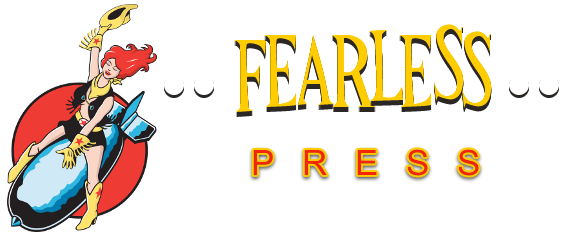By Bex vanKoot
Transgenderism in Myth, Part One
In our modern North American mythology, gender is often characterized as clear cut. A man has a penis, a woman has a vagina; these physical characteristics, we are told, define our existence, our priorities, our bodies and our minds, our roles in life and in love. We have it drilled into our heads early on that women think and act in one way and men another, and ne’er the twain shall meet.
Something is missing from our modern mythos, even among neo-pagan practitioners where the God and the Goddess are supposed to represent the be-all and end-all of spiritual forces. Transgendered individuals and groups have long been seeking out these secrets from our past, the patron gods and goddesses who defied traditional gender and showed us that there is a crack in our notions of the physical body.
Duality is a myth. The universe is more complex than the either/or mentality and our ancient ancestors knew this truth that we have let fall by the wayside with so many disenfranchised youth, ostracized for existing outside of this gender dichotomy.
Handsome Hermaphrodite
Probably the most widely invoked (if not well-known) transgendered deity of the modern era comes to us from classical Greek mythology. Hermaphrodite, as we know hir was actually born Hermaphroditus, son of love goddess Aphrodite and winged messenger Hermes. Legend has it that he was a remarkably handsome young man who was raised by nymphs. When he ventured out into the world, he quickly stumbled upon a fountain where he encountered the nymph Salmacis.
Salmacis was a bit of a gender stereotype herself, having rejected joining the hunt with Goddess Artemis and refusing to pick up a weapon or an instrument, she instead chose to live a simple life, bathing herself and gazing at her own image in a fountain. When Hermaphroditus came upon her, she fell into a deep lust for the beautiful young man and threw herself at him, only to be rejected. When the boy was convinced she had scampered off, he disrobed to bathe in her pool and she pounced on him, wrapping herself around him and begging the gods that they never part. Her wish was granted and the two became one, “a creature of both sexes” with both the virility of the masculine and the beauty of the feminine.
Hermaphrodite, as ze was known from then on, became a minor deity of bisexuality, effeminacy, sexuality and fertility, representing both the union of two sexes and those who existed outside of the dual divide.
Prior to the creation of this myth, Aphrodite was sometimes worshipped as a bearded, phallus-bearing but shapely and feminine transgendered deity of love, with a full beard and by the name Aphroditus. Worshippers would gather and give sacrifice to the moon – a creature of both the masculine sun and the feminine earth – by swapping clothes and taking on the guise of the opposite gender.
Dionysus Dancing
It is Dionysus however who shines as the “patron god of hermaphrodites and transvestites”. While early images of the god depicted him as an old, bearded, robed man he quickly morphed into a young, handsome and effeminate youth baring his full naked body to the world. He is known by many as The Liberator, accompanied by wild women, satyrs and other half-animal half-human creatures. He and his followers would indulge in wine, music and frenzied dance to free them of their inhibitions and fears, subverting any kind of societal oppression. Myths from Macedonia tell that he may have been raised as a girl. As such the Maenads (wild women) were led by a man who would wear female dress and take on the part of Dionysus himself.
Becoming Baphomet
The Lord of Perversions is a mysterious figure, though hir roots may in fact be in Dionysus himself. Ze is first mentioned in written texts by Christians who painted him as the pagan devil-god, a hermaphrodite: large-breasted and phallic-endowed, horned, goat-footed and winged. Hir priestesses have been depicted with their robes open, baring naked breasts and vulva with a heavy bearded face.
While the name Baphomet probably comes from either Greek or Arabic roots, suggesting the meaning “baptized in wisdom”, hir rites have almost disappeared into antiquity and most of what is practiced now are newly-imagined contemporary. This is the new face of transgendered rites, the presence of the shape-shifter and gender-bender in modern queer pagan culture, unashamed and completely self-realized. We could all learn a lesson from these deities of androgynous sexuality.
And So Much More!
Next month we’ll explore myths from other cultures outside the classic Western realm – Asia, India and Native American (North and Central) tribes. Stay tuned!
